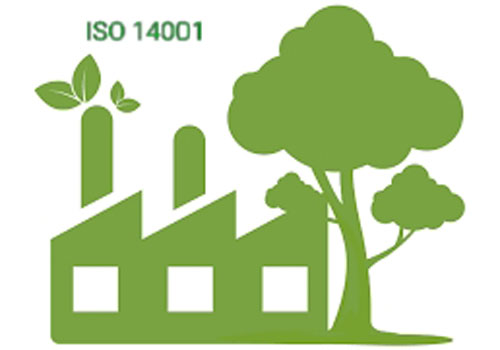ISO 9001
Quality Management System
The ISO 9001 standard offers a quality management system (QMS) model for obtaining and meeting customer requirements and enhancing its satisfaction. It is general and appropriate for all types of organisations. Therefore, companies from both the public and private sectors, including non-governmental organizations can benefit from the ISO 9001 quality management system model; despite being small, medium or large businesses. The instant benefit that can be realised from the implementation of ISO 9001 is the combined alignment of the activities of internal processes that are focused towards the improvement of customer satisfaction which will result in many other reimbursements, whether internal or external. The magnitude of these benefits is determined by how effective the processes are in achieving these targets.

Benefits of ISO 9001 standard
- Improve business performance and enhance business competence
- Attract investment and improve brand reputation
- Encourage internal communication and raise morale
- Increase customer satisfaction
- Strengthen effectiveness and efficiency
- Enhance internal effectiveness and improve productivity performance through elimination of unnecessary costs
ISO 14001
Enviromental Management
The intent of an ISO 14001 environmental management system (EMS) is to develop a systematic management approach to the environmental concerns of the organization. This involves setting up an environmental policy, addressing the environmental concerns (Aspects and Impacts) and defining what will be done to control them (Objectives and Targets). Then, through establishing organizational structure, personnel responsibilities, competency and training, control and procedural documents, operational controls and emergency preparedness to accomplish the Objectives and Targets set above.

Benefits of ISO 14001 Standard
- Demonstrate your environmental pledge to stakeholders
- Improve profitability through controlling of raw material usage, energy consumption and disposal cost reduction etc
- Improve process efficiency, business performance and enhance business competence
- Exhibit a level of assurance to achieving legal and regulatory guidelines
- Increase your access to new customers and business partners
- Help to better manage your environmental risks, now and in the future
- Potentially reduces public liability insurance costs
ISO 45001
Occupational Health & Safety Management System
ISO 45001 was developed to help organisations meet their health and safety obligations in a competent and successful behaviour through managing the safety and health performance of an organisation. ISO 45001 was developed to be fully compatible with the ISO 9001 (Quality Management System) and ISO 14001 (Environmental Management System) standards, thus facilitating the achieving of a 3-1 integrated management system strategy for organisations.

Benefits of ISO 45001 Standard
- Gain competitive advantages in the global market.
- Enhance health and safety working environment.
- Enhance company image and brand reputation.
- Continual improvement of organisational performance.
- Encourage organisations to improve working environment with ensured health and safety for employees.
- Demonstrate your commitment to health and safety towards company’s interested parties.
- Ensure compliance with the legal and regulatory requirements.
- Better management of health and safety risks and potentially reduce public liability.
ISO 22000
Food Safety Management System
ISO 22000 specifies the requirements for a food safety management system that an organization must fulfil to demonstrate its ability to consistently produce food products which are safe for their end consumers. ISO 22000 integrates the principles of the Hazard Analysis and Critical Control Point (HACCP) system by means of auditable requirements that it combines the HACCP plan with prerequisite programmes. ISO 22000 requires that all hazards that may be reasonably expected to occur in the food chain, including hazards that may be associated with the type of process and facilities used, are identified and assessed. Therefore, it provides the means to determine the strategy to be used to ensure hazard control by combining the prerequisite programmes and the HACCP plan.

Benefits of ISO 22000 Standard
- Increase awareness of food safety hazards.
- Proper documentation and record keeping and enhance internal and external communication.
- Demonstrate organisation’s commitment to food safety thus boosting confidence in stakeholders.
